© ROOT-NATION.com - Use of content is permitted with a backlink.
Today, we’ll explore the Panama Canal—how it was built, its global significance, and why former U.S. President Donald Trump has made controversial remarks about reclaiming it for the United States.
The Panama Canal is one of the world’s most critical waterways, linking the Atlantic and Pacific Oceans. It enables ships to save thousands of kilometers on their routes, revolutionizing maritime trade. But how did this engineering marvel come to be, why is it so vital to the global economy, and what lies behind Trump’s statements about it?
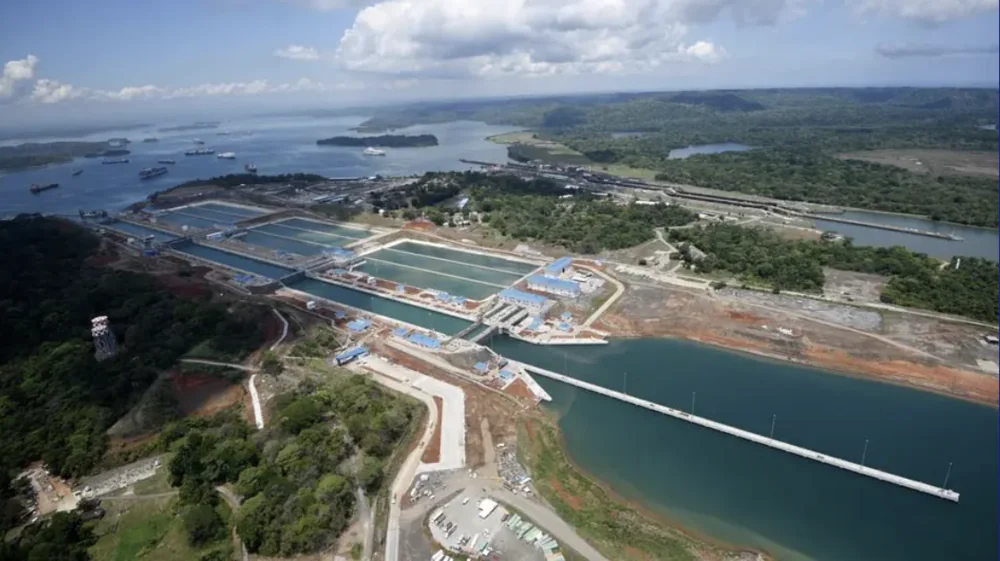
Read also: Nuclear Waste: What It Is and How It Is Disposed Of
Briefly about the Panama Canal
The Panama Canal is an artificial waterway in Panama, stretching 82 kilometers. It connects the Caribbean Sea to the Pacific Ocean, crossing the narrowest point of the Isthmus of Panama. It is the most important maritime trade route between the Atlantic and Pacific Oceans.
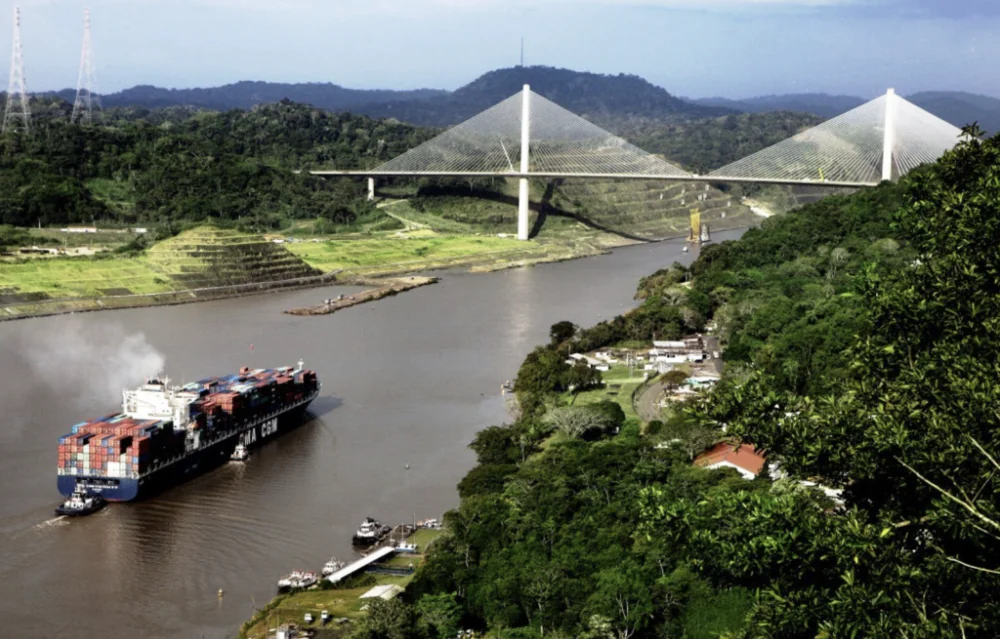
The Panama Canal is not only an engineering marvel but also a crucial component of global logistics. Its construction was a testament to human determination, and current events demonstrate that its significance remains undiminished. Without this waterway, international trade would be much more complicated, and the global economy would operate at a slower pace.
Read also: How Taiwan, China and the US are fighting for technological dominance: the great chip war
Who started building the Panama Canal
The idea of digging a canal across the Panama Isthmus to connect the Atlantic and Pacific Oceans dates back to the 16th century. Even the Spanish conquistadors, recognizing the strategic importance of the area, contemplated the construction of this waterway. However, it wasn’t until the 19th century that serious efforts were made.
The first attempt to build the canal in the then Colombian province of Panama began on January 1, 1881. The project was inspired by diplomat Ferdinand de Lesseps, who managed to gather substantial funds in France, thanks to the enormous profits gained from the successful construction of the Suez Canal.
The plan was to build a sea-level canal, similar to the Suez Canal, to simplify the construction. However, the conditions in Panama turned out to be drastically different from those in Egypt. The dense jungles were filled with venomous snakes, insects, and spiders. Additionally, the tropical climate, mountainous terrain, and, above all, tropical diseases such as malaria and yellow fever began to take a deadly toll on the workers. Thousands of workers died from these diseases, and by 1884, the mortality rate had risen to more than 200 people per month.
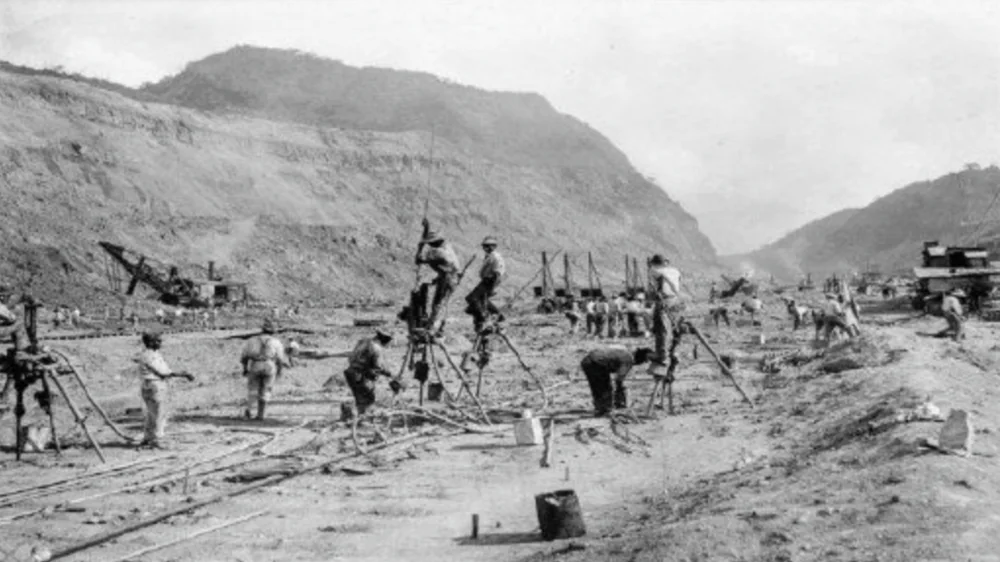
The initial difficulties quickly turned into serious engineering and logistical challenges. Building a sea-level canal in such a difficult terrain proved to be a much more complex and expensive process than anticipated. Instead of the sandy landscape like that of the Suez Canal, the builders had to contend with rocks and dense vegetation. Workers had to constantly expand the main excavations through the Culebra Cut and reduce the slope angles to minimize landslides into the canal.
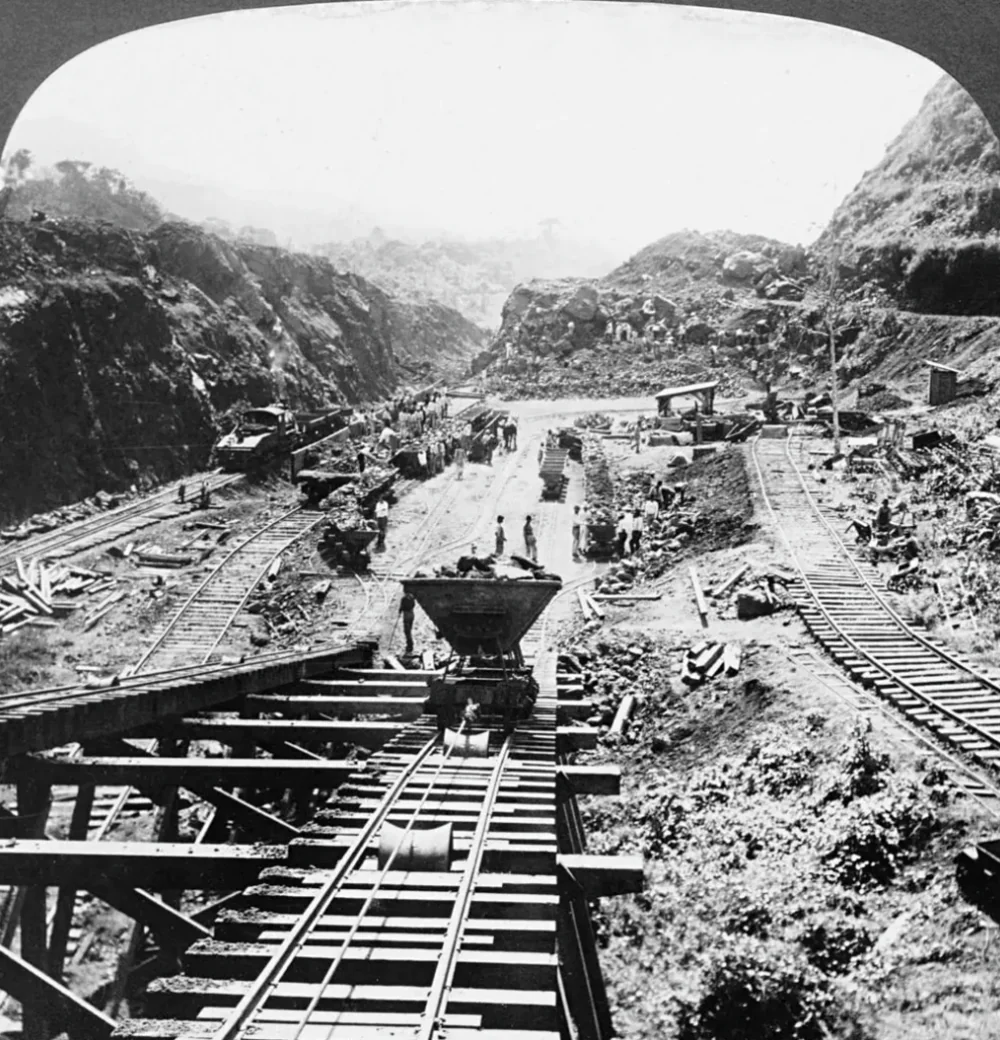
After several years of work and massive financial losses, the French enterprise ultimately failed. In 1889, de Lesseps’ company went bankrupt, and the project was abandoned. The first attempt to build the Panama Canal cost the lives of 22,000 people, primarily due to diseases and construction accidents.
Read also: Most Fascinating Robotics Innovations of 2024
The United States enters the game
After the failure of the French, the United States decided to take on the construction of the canal. However, this was complicated by the unstable political situation. Panama was then a province of Colombia, torn apart by civil war. The United States decided to assist the rebellious Panama in gaining independence by blocking the transfer of Colombian troops via sea. Almost immediately, the United States recognized the new country. Close ties were established between the US and Panama, with both nations exchanging treaties of friendship and cooperation.
On November 16, 1903, Philippe Bunau-Varilla, Panama’s ambassador to the United States, signed the Hay-Bunau-Varilla Treaty, granting the United States the rights to construct and control the Panama Canal zone, as well as its defense. This treaty gave the United States some “perpetual” rights over the canal, but Article 22 limited other rights to a 99-year lease term. In addition to the canal itself, the US also gained control of a 16-kilometer wide strip of land along the future canal route. All of this was in exchange for $10 million and annual payments to Panama.
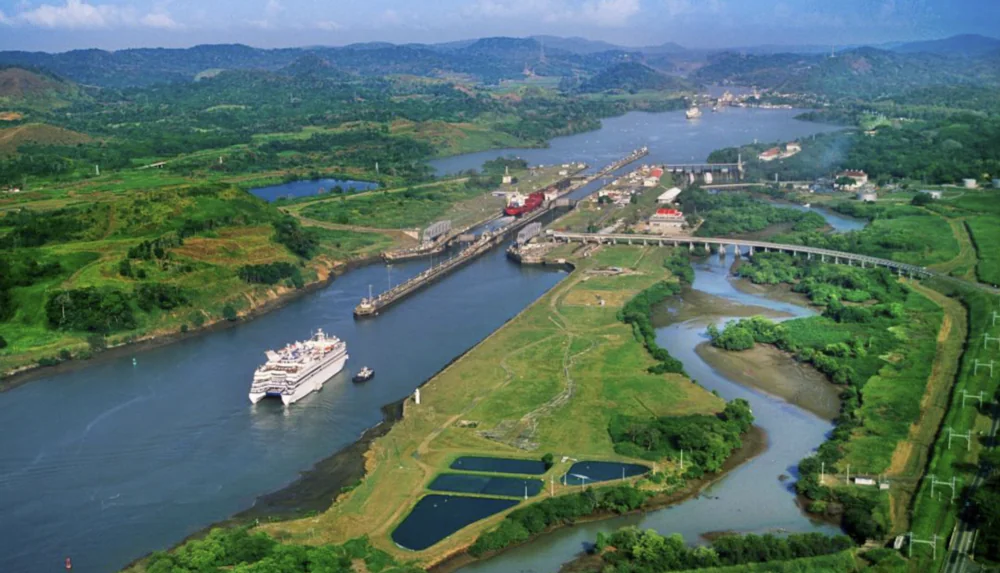
The Colombian public was outraged over the loss of its land. Under the pressure of public discontent, the Colombian Senate rejected the treaty and informed President Roosevelt that there would be no canal. However, the United States had already signed a treaty with Panama, which had separated from Colombia, so no further declarations could halt the construction process. This treaty allowed the United States to build, strengthen, and control the canal in Central America. Congress also authorized the Walker Commission to propose possible canal routes in Panama and Nicaragua. Initially, the commissioners favored the Nicaraguan route.
Read also: Biomimicry: How Nature Inspires Engineers to Innovate
10 years of construction of the Panama Canal
The United States officially took control of the canal on May 4, 1904, inheriting a massive mess from the French, along with the infrastructure and equipment, most of which were in poor condition.
Construction, which began in 1904, marked the start of one of the largest and most ambitious engineering projects in history. The Americans, learning from the mistakes of the French, focused from the outset on improving working conditions, hygiene, and combating tropical diseases.
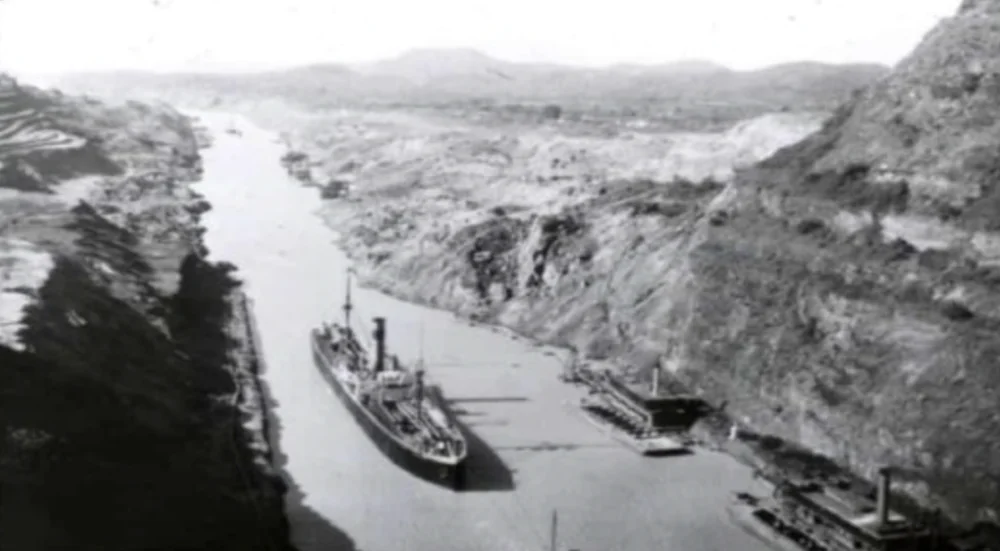
Dr. William C. Gorgas played a pivotal role in combating diseases such as malaria and yellow fever. Thanks to his efforts, strict sanitary programs were introduced, including the drainage of wetlands, mosquito control, and cleanliness measures. After two years of intensive work, mosquito-borne diseases were virtually eradicated.
Thanks to these measures, the mortality rate among workers was significantly reduced, which was crucial for the success of the project. One of the key tasks was the construction and renovation of buildings, cafes, hotels, water supply systems, workshops, warehouses, and other infrastructure needed for the thousands of incoming workers. Despite these enormous efforts, around 5,600 workers still lost their lives due to diseases and accidents during the American phase of the canal’s construction.
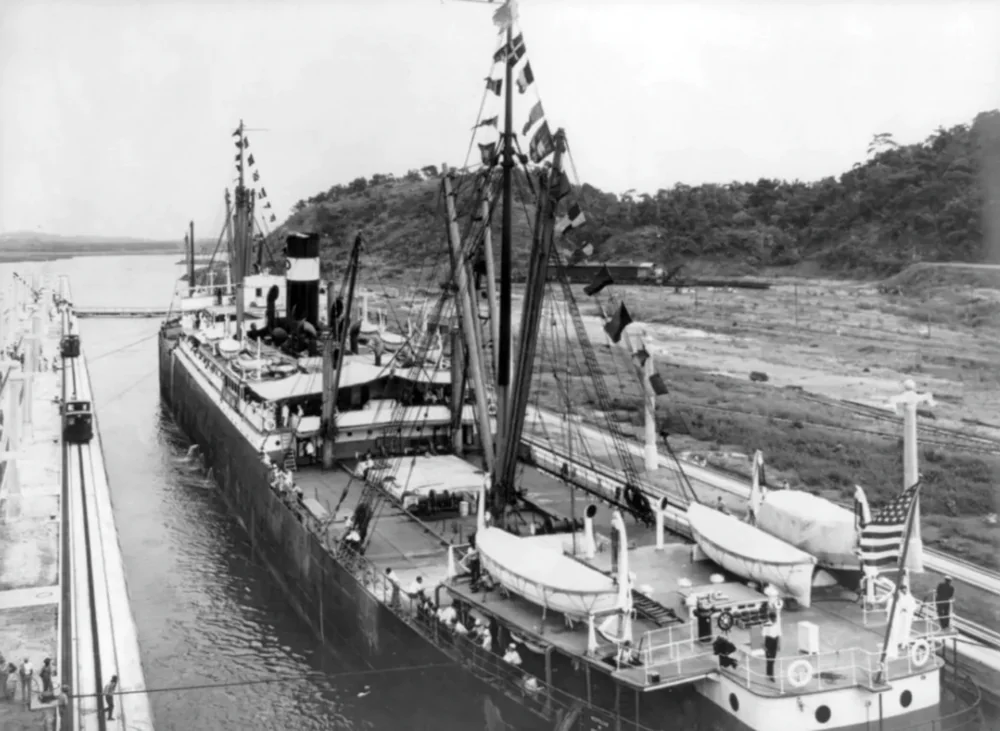
At the same time, American engineers had to face enormous technical challenges. The concept of a sea-level canal was abandoned in favor of a system of locks that allowed ships to be raised and lowered at different levels.
The construction of the Panama Canal required massive earthworks. Millions of cubic meters of soil and rock had to be removed to dig the canal and build the locks. The greatest challenge was digging the canal, where enormous amounts of earth needed to be removed to connect the Chagres River valley with the ocean.
For this work, modern (for the time) machinery was used, such as steam excavators, dredgers, and locomotives. The construction of the locks, massive concrete structures, was another engineering marvel. Each lock consisted of two chambers where a ship would enter, and then the chambers would either fill with water or be emptied, raising or lowering the ship to the appropriate level.
The construction of the canal was completed in 1914.
Read also: Наскрізне шифрування: що це таке та як працює
The Panama Canal is a system of locks and canals
The canal consists of artificial lakes, several artificial channels, and three sets of locks. An additional artificial lake, Lake Alajuela, serves as a reservoir for the canal.
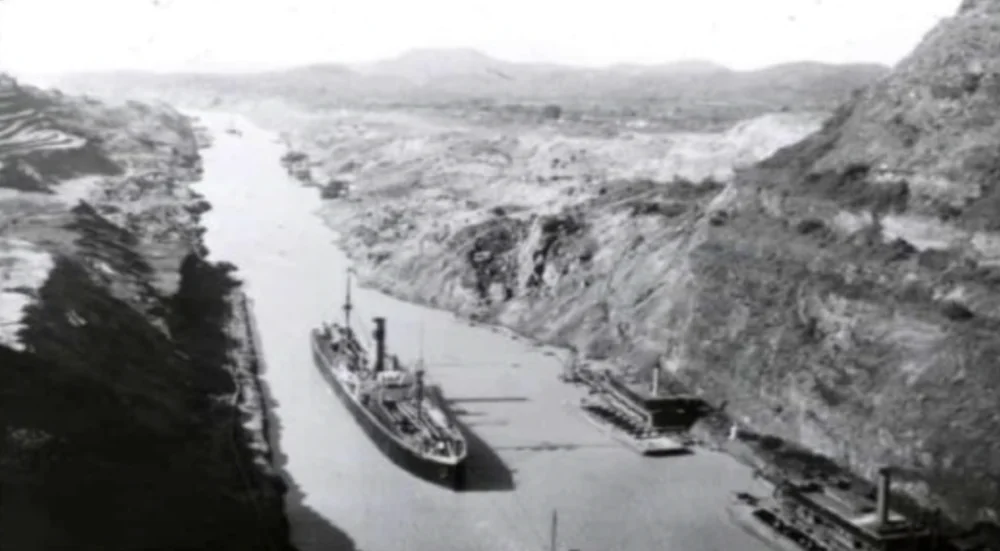
The original locks are 33.5 meters wide, allowing ships of the Panamax type to pass through. The third, wider set of locks was built between September 2007 and May 2016. The extended waterway began commercial operation on June 26, 2016. The new locks allow larger vessels of the Neopanamax type to pass through.
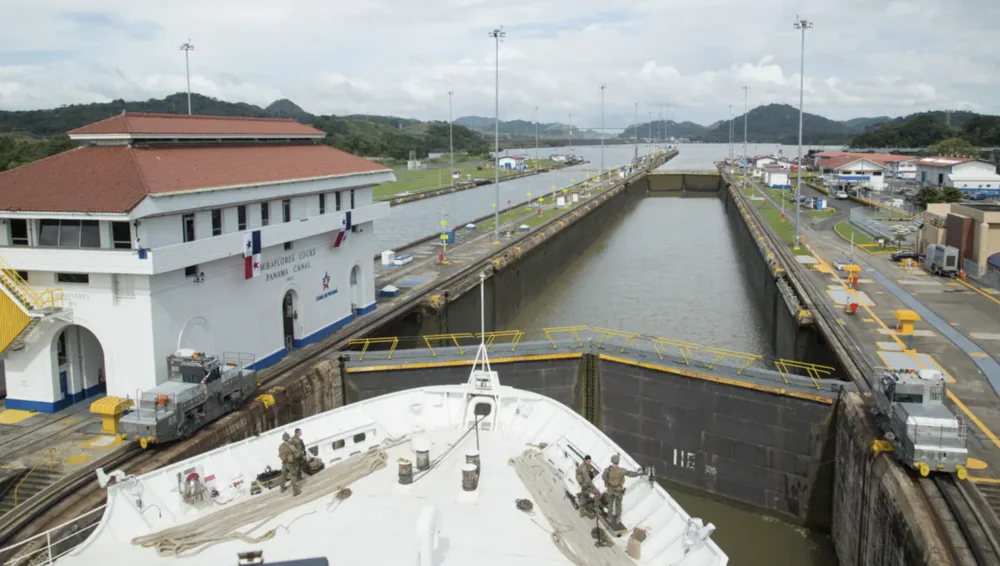
The Panama Canal revolutionized international trade by reducing the distance between the East and West coasts of the United States by more than 13,000 km. Instead of navigating around the entire South American continent, ships can now travel quickly through the Panama Canal, saving time and fuel. This is especially important in trade, as goods such as oil, grain, electronics, and vehicles pass through the canal.
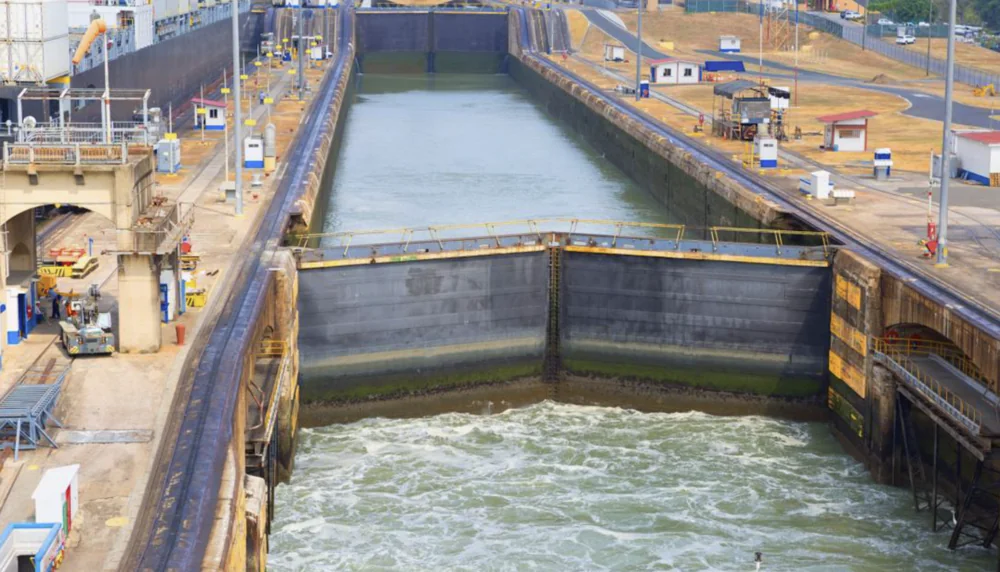
The annual traffic through the canal increased from approximately 1,000 ships in 1914, when the canal first opened, to 14,702 ships in 2008.

Read also: Why Cryptocurrencies Are Rising After Trump’s Victory: Explained
What ships can pass through the Panama Canal?
Initially, the width and length of ships that could pass through the canal were limited by the Pedro Miguel locks. The size of ships was restricted by the canal’s depth of 12.6 meters and their height was constrained by the main span of the Bridge of the Americas in Balboa. Ships built within these limits are known as Panamax ships. These are vessels that meet the size specifications of the original locks of the Panama Canal. They have a length of up to 294.13 meters, a width of up to 32.31 meters, a draft of up to 12.04 meters, and a height of up to 57.91 meters above the water.
A Panamax cargo ship typically has a deadweight tonnage of 65,000–80,000 tons, but its actual carrying capacity is limited to around 52,500 tons due to the draft restrictions. The longest ship ever to pass through the canal was the San Juan Prospector (now Marcona Prospector). This ore and oil tanker measures 296.57 meters in length and 32.31 meters in width. Interestingly, modern American aircraft carriers are too large to fit through the Panama Canal.

In 2016, a decade-long expansion project created larger locks, allowing bigger ships to pass through deeper and wider channels. The permissible size of Neopanamax vessels, which can use these locks, increased by 25% in length, 51% in width, and 26% in draft. These ships are larger than Panamax vessels and can pass through the newly expanded locks (opened in 2016). Their length reaches up to 366 meters, width up to 49 meters, and draft approaches 15.2 meters.
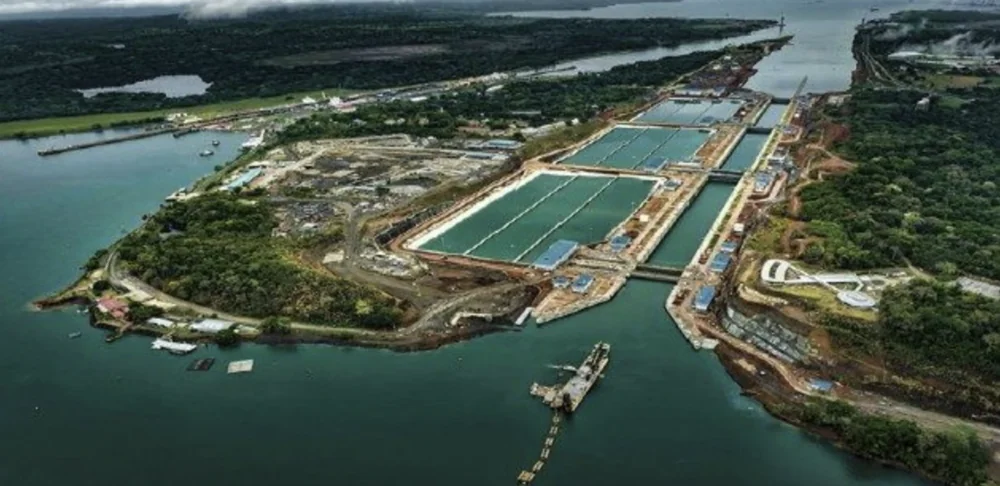
It is also worth mentioning specialized vessels. These include container ships, which frequently use the Panama Canal for the fast transportation of goods between the east coast of the United States and Asia. Tankers for transporting oil, natural gas, and chemical products are also commonly seen passing through. Bulk carriers, which transport bulk cargoes such as grain or ore, are frequently seen as well. It is hard to imagine the Panama Canal without cruise ships: passenger liners pass through the canal, offering an unforgettable tourist experience.
Charges for the Panama Canal
As with toll roads, vessels passing through the canal must pay a fee for using it. The fees for the Panama Canal are set by the Panama Canal Authority and depend on the type of vessel, its size, and the type of cargo.
The highest toll ever charged was on April 14, 2010, when the cruise liner Norwegian Pearl paid $375,600.
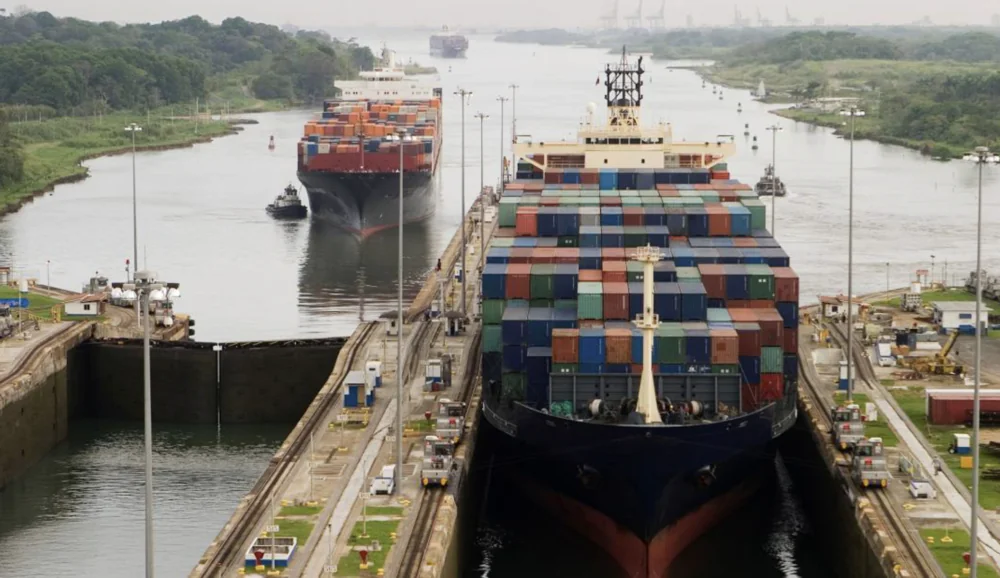
The average passage for a container ship can cost around $450,000–500,000. A tanker carrying oil or gas may pay about $300,000–400,000. The passage for a smaller cargo vessel can range from $30,000 to $80,000. If you’re traveling on a private yacht, the fee can vary from $1,500 to $5,000 depending on its size. These are significant amounts, considering the large number of vessels that pass through the Panama Canal.
Read also: 10 Examples of the Strangest Uses of AI
How did the United States lose control of the channel?
After World War II, the United States’ control over the canal and the surrounding area became a subject of dispute. Relations between Panama and the United States also became increasingly strained. Demands for the U.S. to transfer the canal to Panama grew stronger after the Suez Crisis of 1956. The reason for this was that the U.S. had used financial and diplomatic pressure to force France and the United Kingdom to abandon their attempts to regain control of the Suez Canal, which had been nationalized by the Egyptian regime.
The situation became increasingly tense. Clashes often occurred between Panamanians and U.S. military personnel guarding the Panama Canal. The most significant tragedy took place on Martyrs’ Day, January 9, 1964. On that day, widespread riots broke out in Panama, resulting in the deaths of around 20 Panamanians and 5 American soldiers. Something needed to be done.
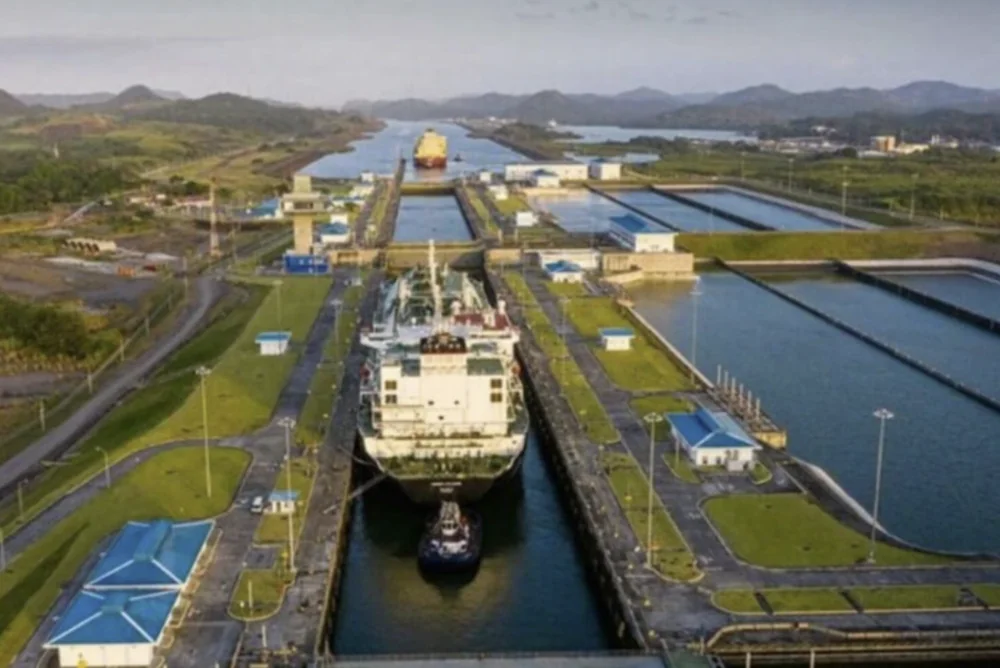
Ten years later, in 1974, negotiations began aimed at reaching an agreement, which resulted in the Torrijos-Carter Treaties. On September 7, 1977, the treaty was signed by U.S. President Jimmy Carter and Panama’s leader Omar Torrijos.
This initiated the process of transferring control of the canal to Panama, provided Panama signed a treaty ensuring the country’s neutrality. The agreement led to Panama assuming full control of the canal, which took effect at noon on December 31, 1999. The Panama Canal Authority (ACP) then took over the management of the waterway. The Panama Canal remains one of the country’s key sources of revenue.
Before the handover, the Panamanian government held an international tender for a 25-year contract to operate the container ports at the mouths of the Atlantic and Pacific sides of the canal. The contract was unrelated to the operations of the Panama Canal Authority (ACP) or the canal itself, and was awarded to Hutchison Whampoa, a shipping company based in Hong Kong and owned by Li Ka-Shing, a Hong Kong businessman and philanthropist.
As a result, many believe that, de facto, control over the canal is in the hands of the Chinese. Naturally, this does not sit well with the United States.
Read also: Transistors of the Future: New Era of Chips Awaits Us
Will the US attack Panama?
It is worth noting that the United States had already invaded Panama in mid-December 1989, during the presidency of George H. W. Bush. The goal of the invasion was to depose Panama’s de facto ruler, General Manuel Noriega, who was wanted by U.S. authorities for extortion and drug trafficking. Operation Just Cause ended in late January 1990 with Noriega’s surrender.
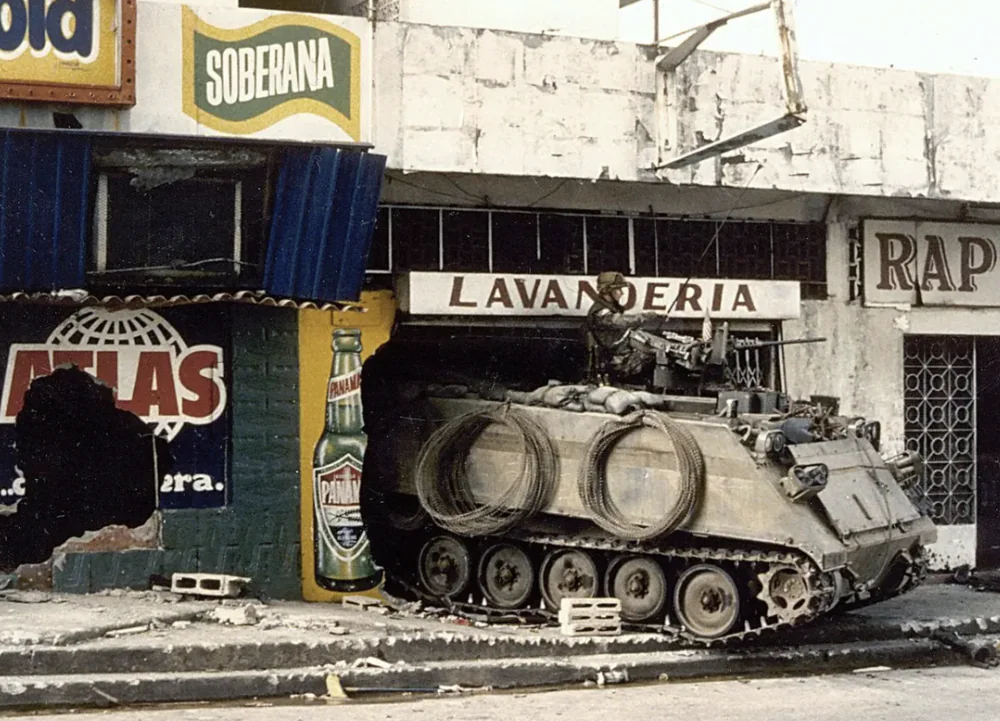
The operation involved 27,000 U.S. soldiers, 23 of whom lost their lives during the combat.
On December 21, 2024, newly elected U.S. President Donald Trump stated that the United States should regain control of the Panama Canal. He claimed that the fees Panama charges American ships were “excessive” and violated the Torrijos-Carter Treaties. The following day, he asserted that the canal “is in the wrong hands,” referring to China.
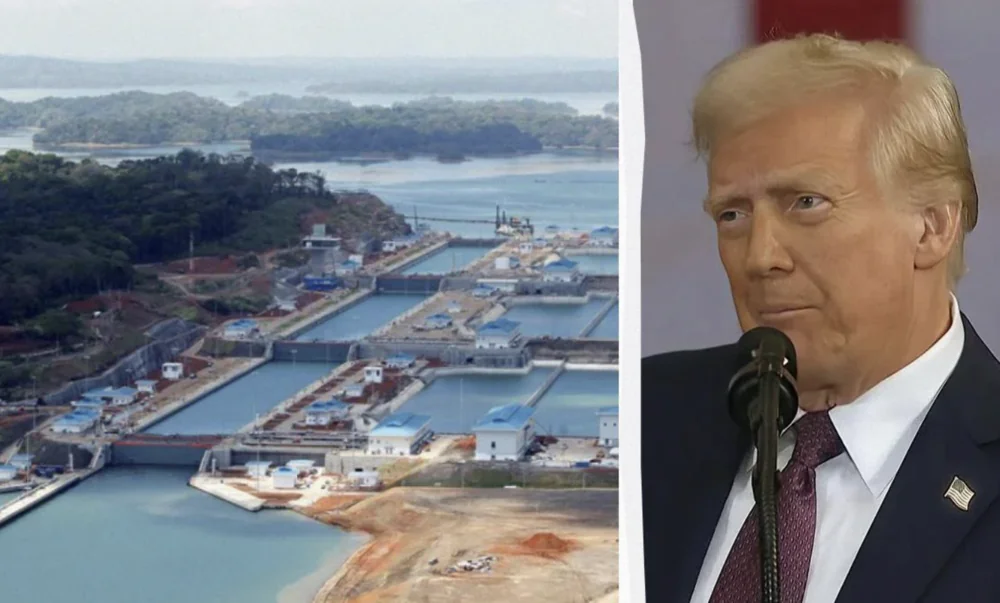
Trump also mentioned the restoration of U.S. control over the Panama Canal during his inauguration on January 20, 2025. This suggests that a U.S. military intervention in Panama, aimed at regaining control of the canal, could be expected in the near future.
Such an operation would likely require the involvement of thousands of soldiers, but whether Trump and the Pentagon will take such steps remains to be seen. For now, we can only watch and wait.
And if you are interested in articles and news about aviation and space technology, we invite you to our new project AERONAUT.media.
Read also:
- Weapons of Ukrainian Victory: MAGURA V5 Maritime Drones
- How Do I Build a Payment Gateway? 101 Guide for Beginners

